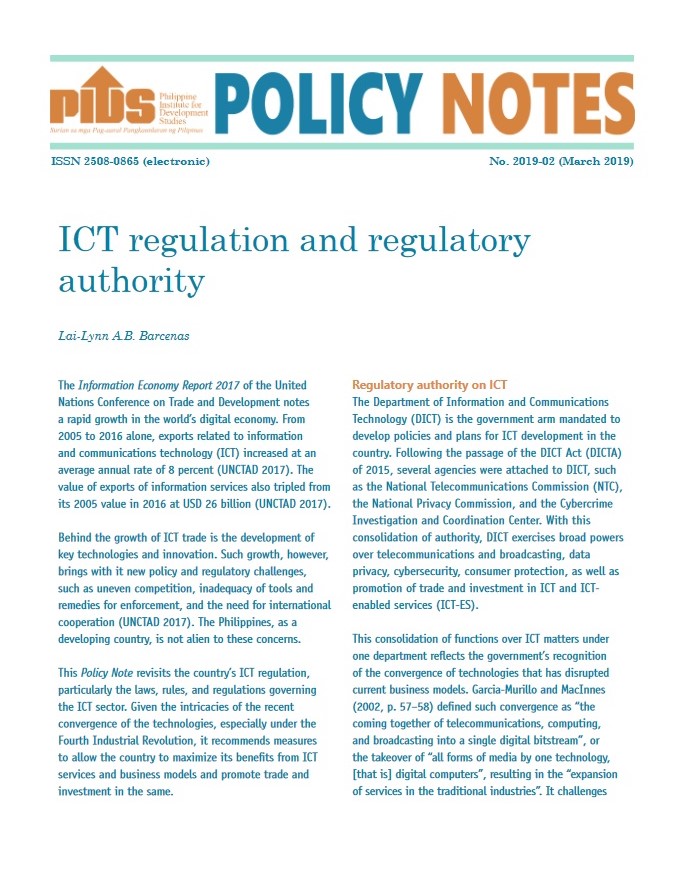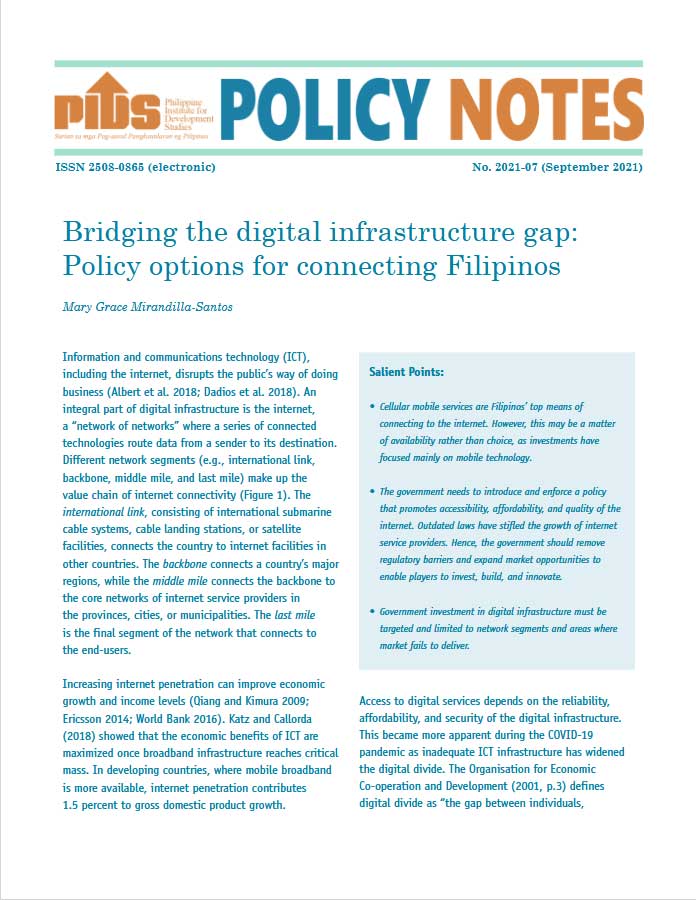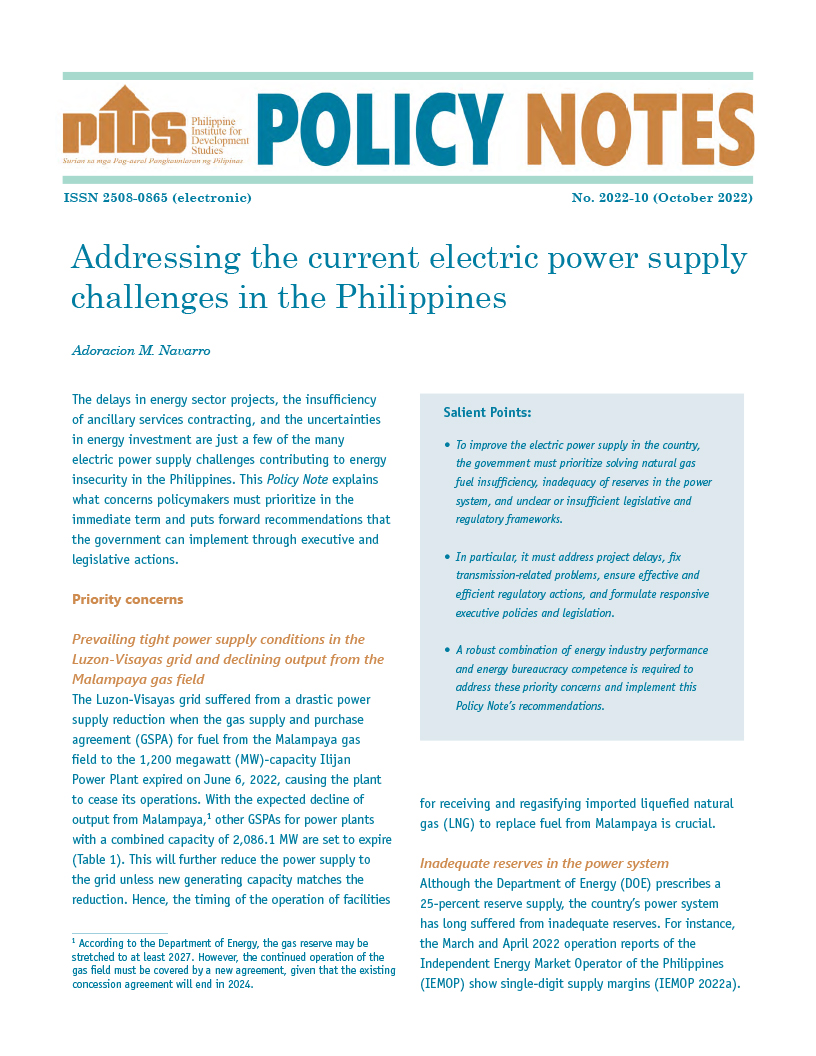The government should reform the bus transport system in Metro Manila to ease worsening traffic particularly EDSA, according to a study published by state think-tank Philippine Institute for Development Studies (PIDS).
In a discussion paper, Gilberto Llanto, PIDS president and Hope Gerochi consultant, said the best approach is to adopt a “compete for the market” framework wherein bus operators will be consolidated into bus consortia, and only those that comply with the standards set by the government will be able to operate.
In addressing pressing traffic problems in the EDSA corridor and also along other major thoroughfares in Metro Manila, reforming the bus market to provide high capacity and efficient bus services is a low-cost and immediate solution,” the authors said.
Bus consolidation is not new to Metro Manila. In 1974, the government established a public utility company to improve the quality of transportation in the metropolis. The Metro Manila Transit Corp. (MMTC) produced buses commonly known as the “Love Bus .”
The goal then was for private bus operators to form a manageable number of bus consortia, “aimed at producing economies of scale in operations, which would enable them to borrow capital from commercial banks to procure new vehicles.
However, due to a number of problems like inadequate fare structure, stiff competition with jeepneys and the absence of operating guidelines in the implementation of the consortia, among others, the MMTC was privatized, and the urban bus market was liberalized and took its present form.
The authors said this liberalization has brought various problems for the capital’s current bus transport system, saying that “the expected efficient and quality service provided by freely competing franchised bus operators did not materialize.
Despite the problems encountered in the past, bus consolidation seems to have remained as an attractive idea, according to the study.
To address this concern, there is a need to shift from the usual competition framework to a “competition for the market,” the study suggested.
To do this, the government needs to “design or define the optimal market structure—how many operators will be granted franchises to operate, the type and quality of the services to be provided, how these operators will be compensated, among others,” the study said.
The ongoing implementation of the Cebu Bus Rapid Transit (BRT) project by then Department of Transportation and Communication and the Cebu City government is a good move toward the “compete for the market” approach, the authors said.
Implementing complementary regulatory reforms, strengthening institutional capacity, improving existing road infrastructure, providing assistance to those affected by the reforms, applying the “competition for the market” to non-BRT bus networks are just among the steps the government has to take to make the said approach effective, the study said.
The authors also suggested supporting the current legislative initiatives to amend the 81-year-old Public Service Act, to reflect the new developments in the country’s transportation system.
Currently, buses compete for passengers on the road (Metro Manila’s existing framework) which requires bus operators to compete ex-ante under a tendering mechanism espoused by government for the right to provide services in a particular bus route, the study said.












